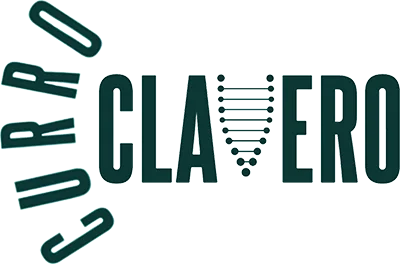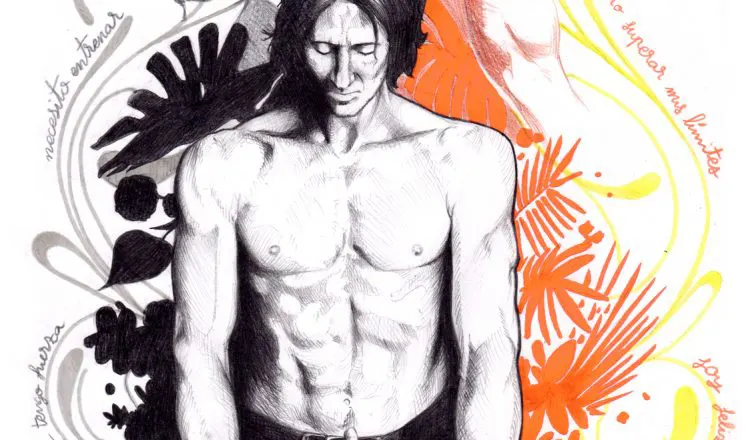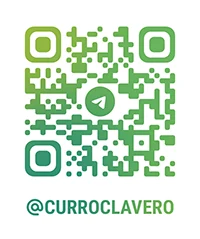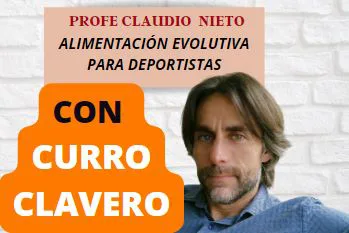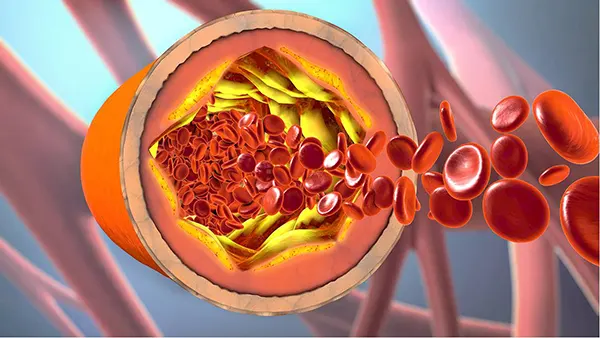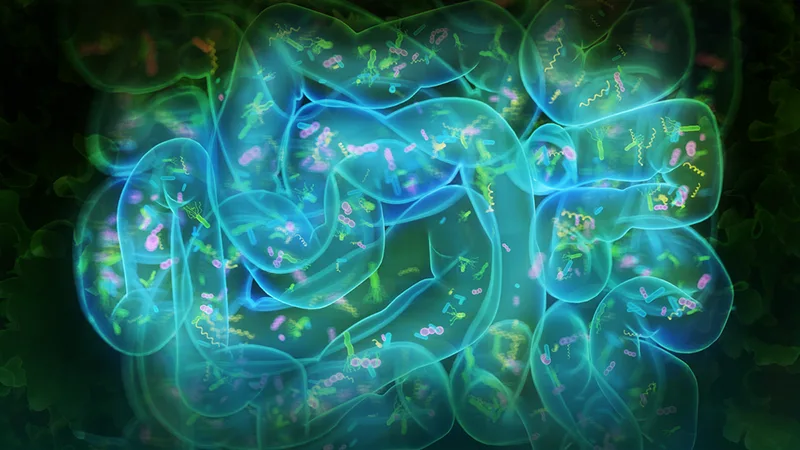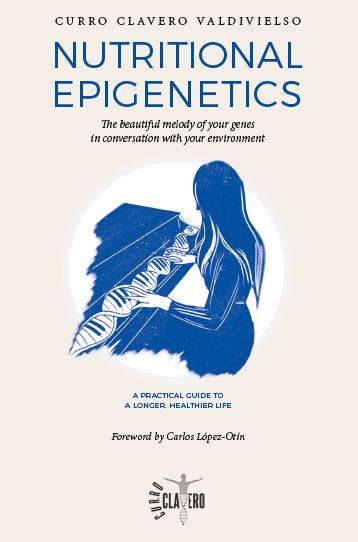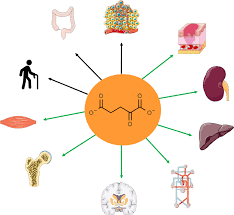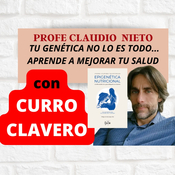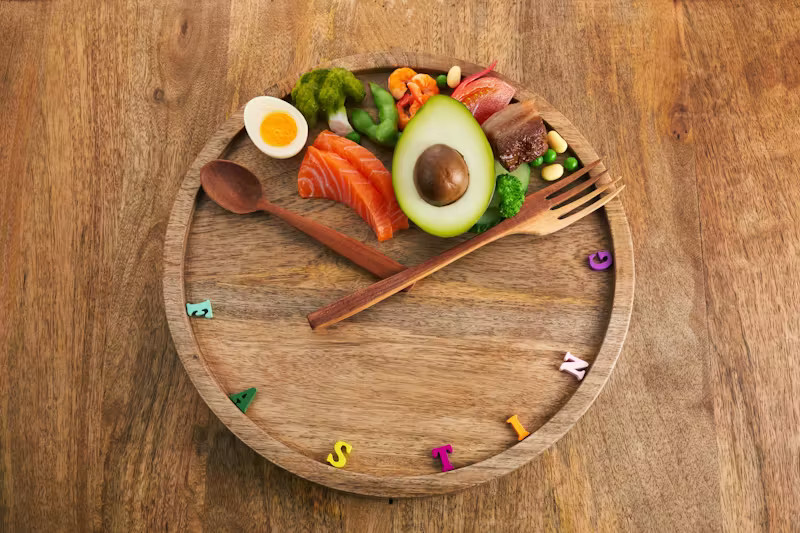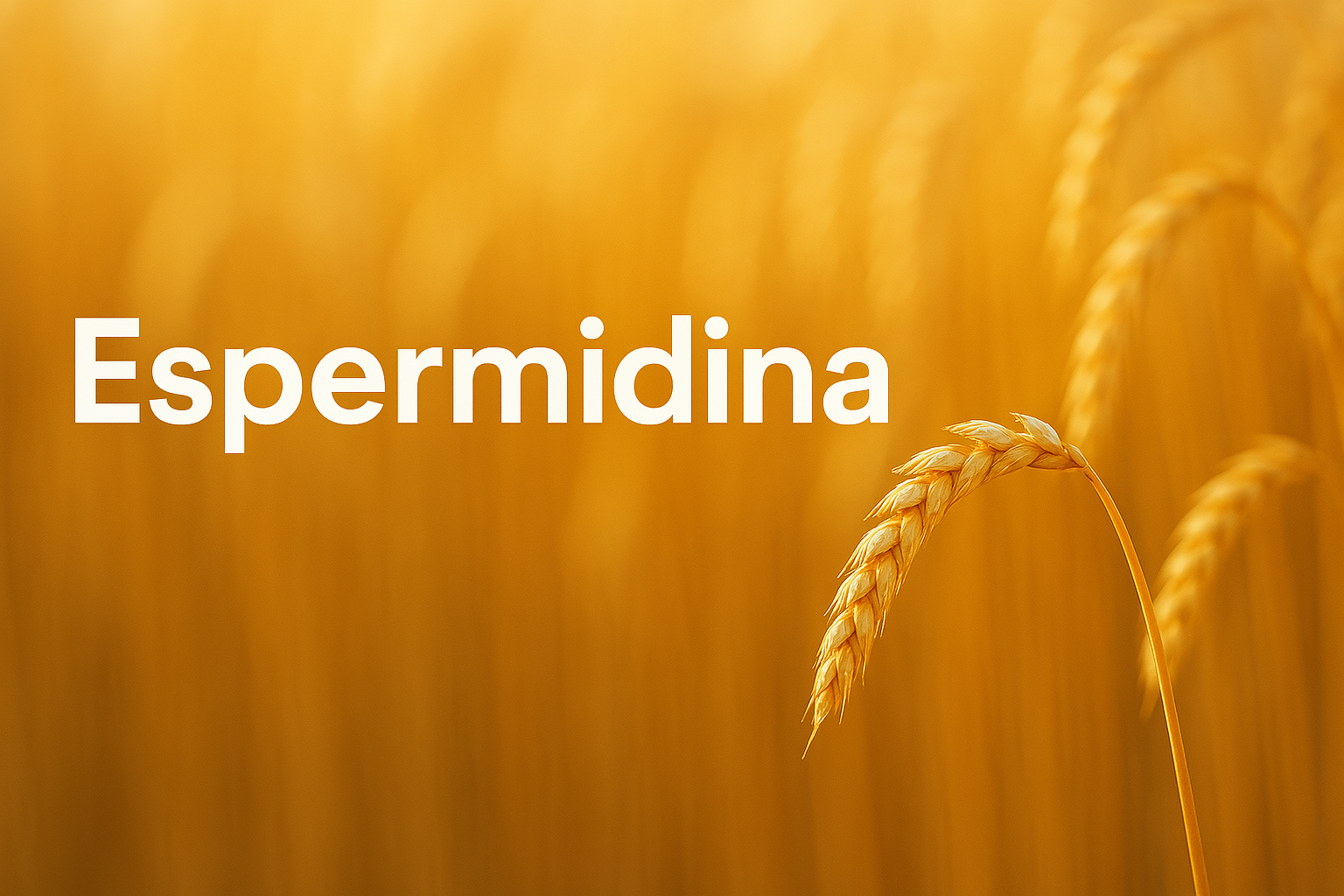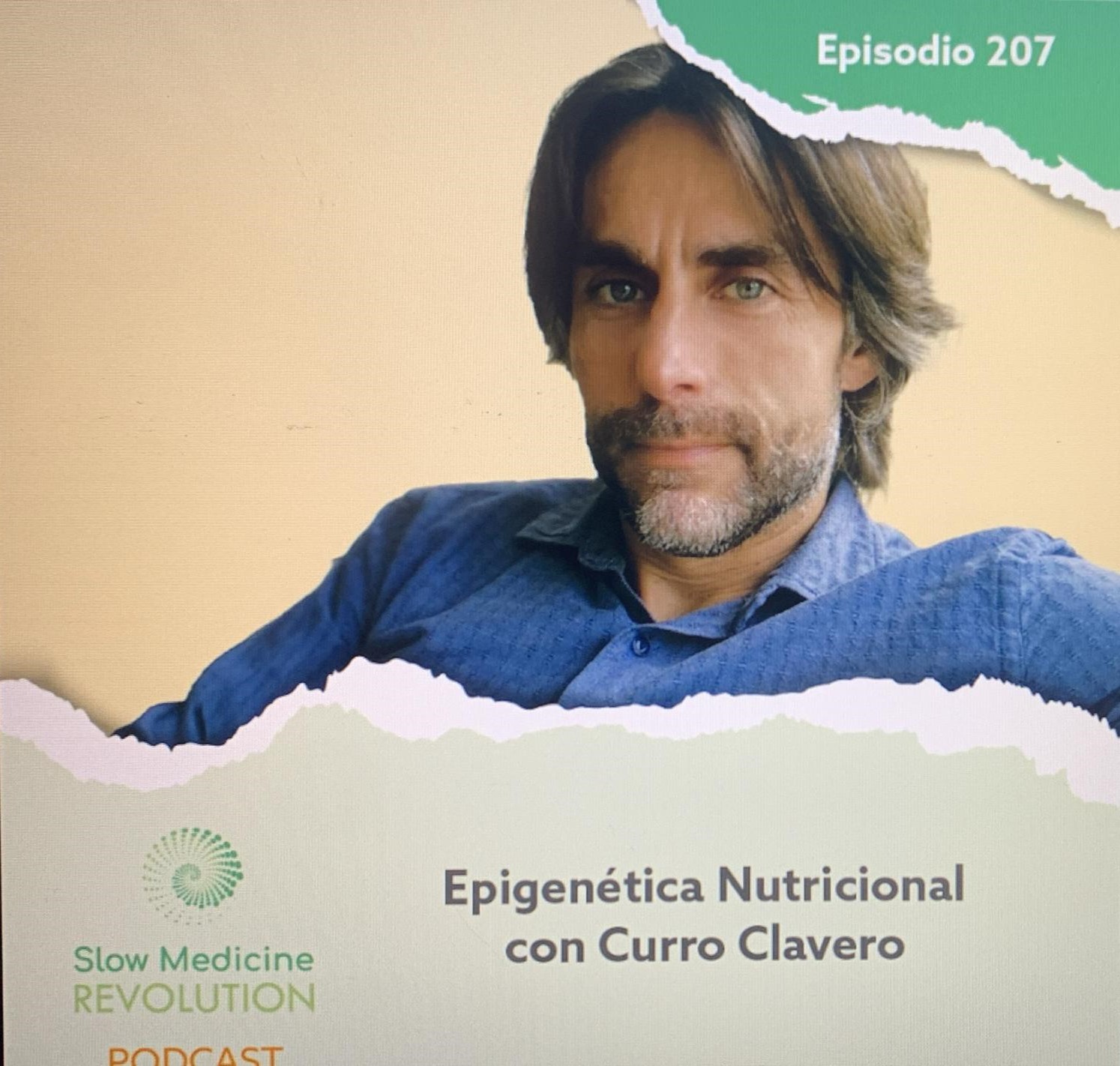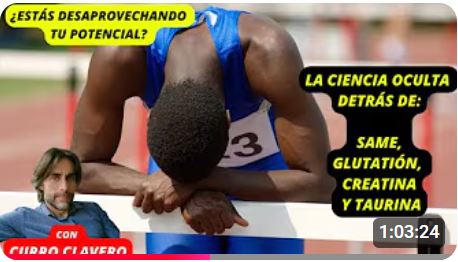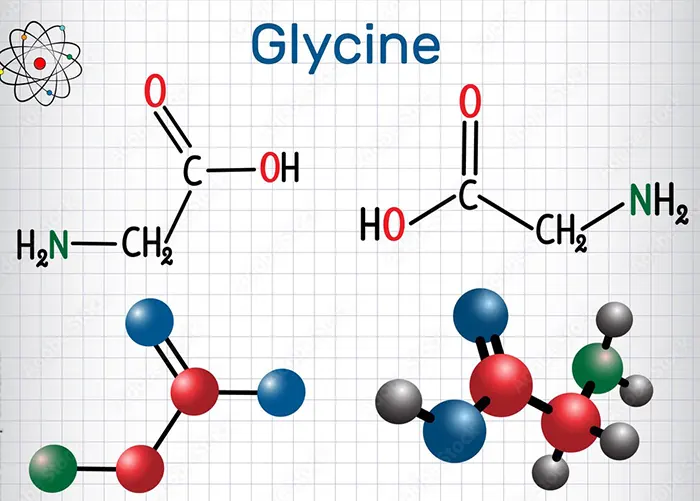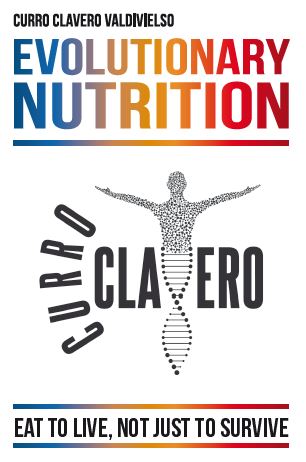Step 2: Life is Subtle
The essence of life is in small details, and to make full use of it, it is necessary to maintain a full awareness and directed attention. After you’ve ‘cleaned’ our mind of distractions in the first step, the goal now is to concentrate the attention on what really matters.
There are two key points that we must consider in this step:
- The small things matter. Everything that we do, subtle, has an impact. It is important to recognize that our actions and decisions, even if they seem insignificant, can have significant consequences.
- Mind and body are connected. We can not separate them; they form a unit. What happens in the body affects the mind, and vice versa. This relationship helps us to understand that an action conscious and deliberate impacts positively on both aspects.
Serenity and poise
This concept is based on three elements are key:
- The body (physical posture): The posture directly affects our mental state and our energy. Poor posture is wasting power and adversely affects the mind, while good posture builds confidence and well-being. The body language signals to the outside and also towards our inner self, influencing how we feel. To keep the ego under control, prevents encogerte or apologize for taking up space. The posture is recommended to stand in a balanced way, with the back straight, hips slightly forward, shoulders back, and the lungs open. In addition, the facial expression is fundamental: a face is relaxed, with a look that spans the entire field of vision (called “eyes soft”), promotes a calm mind and receptive. This contrasts with a gaze focused on a single point, which tends to generate a mentality that is more rigid and anxious.
- Breathing (integrative body-mind): The breath is a bridge between body and mind. There are two types of breathing: the involuntary/unconscious, which reflects the current state of the body-mind, and the voluntary/conscious, you can modify that state. A deep breath, slow and even sends the subconscious message of calm and control. A mindful breathing and relaxed is made from the stomach, while the breathing tense remains in the chest. As a practical exercise, I suggest a simple technique that I learned from Andrew Weil, a professor of medicine at Harvard. It consists of a breathing exercise that takes just one minute and is very effective for relaxation. Here you have the link to the introductory video: breathing Exercise by Andrew Weil.
- The mind (mental posture): The true learning occurs during the process of challenge. Through the challenges, we strive, we learn about ourselves and we apply that knowledge to grow. To learn and to evolve means to change our beliefs, and for this it is essential to keep an open mind. Do not reject new ideas without first evaluating them and reflect on them. Here are four techniques to manage your internal dialogue and enhance your capacity of action:
- Attitude of possibility: instead of thinking ‘I can’t’, you change your internal dialogue to ‘this is possible’.
- Words of power: it Uses a language that you empower (we’ll get into this later).
- Speak assertively: Directs your words towards positive results. The key is to focus on the action that you want to do, instead of what you want to avoid. For example, say, ‘I’m going to concentrate on the task’ instead of ‘I do not desconcentrarme’.
- Ask questions: The statements leave no room for new options, while the questions invite you to find solutions and to send signals to the subconscious to find the answers. An example would be to change ‘this training is very hard,’ (passive), for ‘what can I do to get on with it?’ (proactive: puts you in the troubleshooting process).
Words of power
To act with intentionality, we must speak with intentionality. There are certain words and expressions that are NOT useful to the warrior, and that we should avoid:
- Success and failure: instead of labeling the results as ‘success’ or ‘failure’, focus on your actions: what you have brought, what have you learned and what you might change next time. The value is in the process and the learning, not the outcome.
- Good and bad: they Are loaded terms of judgment, based on values and underlying beliefs. Do not judge; it describes. For example, instead of saying, ‘what evil is raining,’ say ‘it is raining; today, we get wet’. It eliminates the negative charge of your words and focus on the reality of the situation.
- Worried: This word is the expression of passive fear. In place of worry, take actively to the situation. Do not stand in fear; acts to improve what you can. Be proactive, and curious.
- ‘Take care’: A passive approach that conveys fear or excess of caution. Instead of saying ‘be careful’, you can say ‘pay attention’. A warrior is not only safe; it is observant and attentive, staying present and focused on the action.
- ‘I have to…’: This expression is often accompanied by a task that we don’t like, implying that we have no choice. This places us as passive victims of the circumstances, when in reality we are always responsible for our actions and decisions. For example, changing ‘I need to start to do exercise and change my diet’ by ‘I decided to do exercise and change my diet’. The difference is in to take the power to choose.
- To try: This word denotes indecision and it gives you a possible excuse for not reaching the goal. Say ‘I will try’ sets a limit verbal to your ability. A warrior does not ‘try’; a warrior ‘done’. Agree with the process, putting the effort on the final result. The effort is something that applies, not something you try.
Summary and objectives step 2: life is subtle. Focus on yourself
The Step 1 (awareness) allowed us to discover the sources of inner power and develop a value system focused on learning and growth. Now, in this Step 2, we take that knowledge to shape intentionally our body and mind. We refine this system and apply it consciously.
Remember that the little things matter; every detail, subtle as it is, has an impact. Each act must be an act of deliberate will.
The key word for this second step is: Focus. Focus your attention as you would a warrior.
Step 3: to Accept Responsibility
In this step, we use our focus and concentration to get through deceit and mistaken beliefs that can affect the way that we approach a challenge or challenge. We tend to blame others for our own mistakes, avoiding to take responsibility for what happens to us.
The ego is often intervene to evade responsibilities, linking self-esteem with achievements and performances that depend on external factors. But the key is to choose, to take decisions and take responsibility for them. Want things to be different, to get angry, blaming or complaining does not change the reality; only scatters our attention on issues that we can no longer change, leaving us in a state of helplessness and passivity.
The right attitude is acceptance. Regardless of the circumstances, we must remain attentive, patient, and relaxed every step of the process.
Ignore and accept
There are two major hurdles to accept the responsibility to:
- Detachment from reality.
- Passive thought.
The behavior longing, the typical ‘I’d like that…’ covers both. Lose the attention in fantasy takes us away from the active analysis. Wait is just as passive as you wish.
The worst mistake is to complain and to adopt the attitude of a victim: ‘Poor me…’, ‘Everything happens to me…’. This mentality diminishes our capacity to act and weaken us. A warrior is concerned with pragmatic way: learn how to respond to the challenges of a way to increase their power and control over the situation.
Describe objectively
Our expectations often cloud our objectivity. Collect objective information requires effort, because the reality is elusive and complex. The fear, the self-deception and the justification can distort our perception, leading us to fooling about the true nature of a situation. We are resourceful when creating justifications that support our points of view. It takes a lot of honesty to expose these small lies and face the reality as it is.
In addition, our past experiences we influence and affect our objectivity. Associations such as ‘fasting-hunger’ or ‘competition-suffering’ can influence the way in which we interpret the present. Be aware of these patterns helps us to describe the situations more objectively and to free ourselves of the limiting aspects that these experiences can have on us.
Honesty radical
Honesty with yourself is crucial to maintaining an attention clear and strong. The self-justification and the transfer of faults are the mechanisms that we use to avoid taking responsibility:
- Blame: we Moved the responsibility to something or someone else, which exempts us to act and to change the situation.
- Justify: We focus on defending our actions, rather than reflect on them and think about how to improve in the future.
Summary and objectives step 3: Accept responsibility. Face the reality.
With this step, we extend our field of influence and reduce the power that we grant to factors outside of our control. We wish that things were different and blaming others, instead of that, we accept that life is difficult and we face the difficulties as something natural. We understand the challenges as opportunities to learn and grow, embracing the difficulties instead of wasting energy trying to escape from them.
The word of action of this third step is: Ok. Accepting responsibility is to increase our power, and finding peace within the difficulties and strengthening our ability to act.
Step 4: Give
This step focuses on cultivating an attitude powerful face the challenge, focusing on what we can GIVE to the effort rather than the difficulty of the challenge.
Society tends to place emphasis on the ultimate achievement, but it is more effective to encourage the effort that leads to the achievement. Many times we are brought up with a mindset to receive: ‘What am I going to learn?’ instead of ‘What can I contribute?’. When adopting this mindset that is receptive, it is expected that the things to come in its own right, which leads us to a passive position and reduces our commitment to the effort.
The warrior rejects this notion of right. Expect results without action is a passive attitude that does not lead us to make the effort to truly. In reality, there is no inherent right to happiness, and no achievement ensures a state of well-being long-lasting. What you really have, and what no one can take from us, is the ability to learn and grow, which requires effort. The more effort you put, the more we get; the combination of giving and learning is what leads to happiness and personal fulfillment.
The Attitude of Giving: Gratitude and effort
The attitude of GIVING comes from gratitude for what we have, not only by what has come to us easily, but especially by the obstacles and challenges that have molded us. Instead of focusing on what we lack, the warrior is grateful for what he has, using it as a source of power to overcome the challenge.
What we do not have do not help us move forward, but what we do have —our resources, skills, experiences empowers us. If you appreciate and value what we have, we will be more prepared and motivated to GIVE the best of ourselves, that will always be more than we can imagine.
Expectations: Maintain an Attitude of Possibility
It is essential to face any challenge with confidence, but without falling into excess that may lead to underestimate its difficulty. The expectations rigid or inflexible limit the learning and, ultimately, affect our personal evolution. The key is to focus our expectations in the possibility, the effort and learning, not the end result. What is important is the act of giving the best of us; without this total commitment, there is no true learning and growth.
If we surrender to the challenge with the expectation to learn and keeping the attention on the present moment, we will be more effective and, in turn, we learn more. The challenges are the best way to develop ourselves, but if we put all of our energy only on the result, we could end up frustrated. Any effort that is not 100% probably will make it harder to face the challenge of effectively, which could lead to a cycle of frustration and lower motivation.
The mentality of GIVING focuses on the process, the ‘how’. This is not to ‘be’ something in particular, but to be in a state of continuous learning, always improving our skills and tools. This constant process of enrichment is what enhances our personal power.
Radical thought: to be Free and Believe in the Possibilities
Adopt creative thinking and radical allows you to break free of beliefs and mental limitations prior. What was previously seen as impossible, can now be transformed into something possible and achievable. It is crucial to see the potential within ourselves and believe that we can tackle big challenges, because our perception of possibility defined by our ability to move forward and evolve.
Summary and objectives step 4: Give. Concentrate.
The key word for this step is: Focus.
The goal here is to focus our attention on ourselves with the situation, directing it deliberately to the task ahead. This is to maximize our capabilities and skills to give our best in any endeavor. By focusing attention and give everything, we expand our comfort zone and we increase our abilities. That is the true goal. It is important not to get caught by a ‘thought-receiver’, who’s just looking to get without giving.
